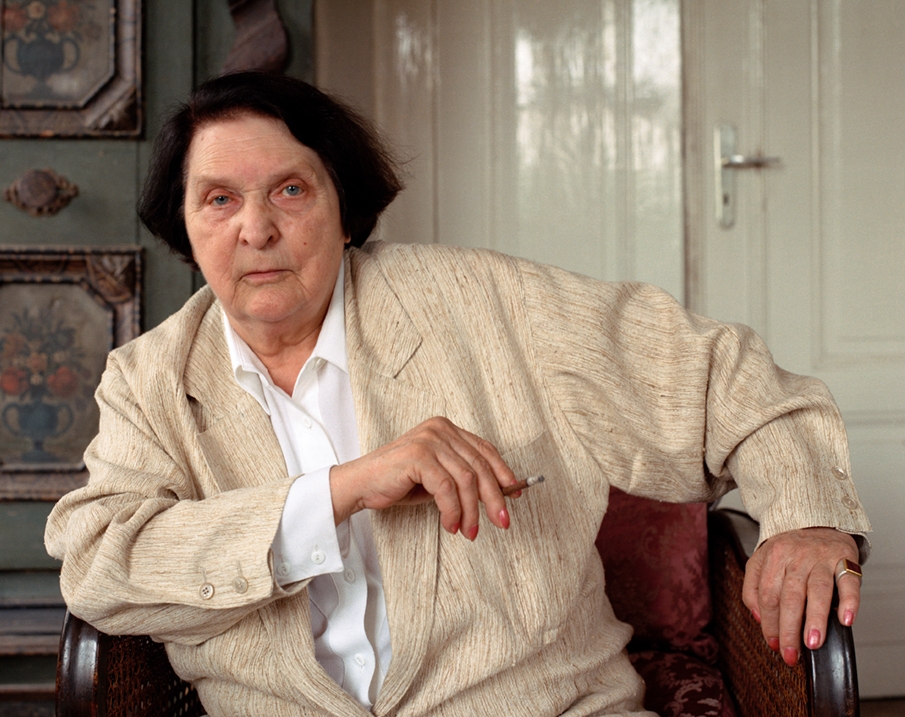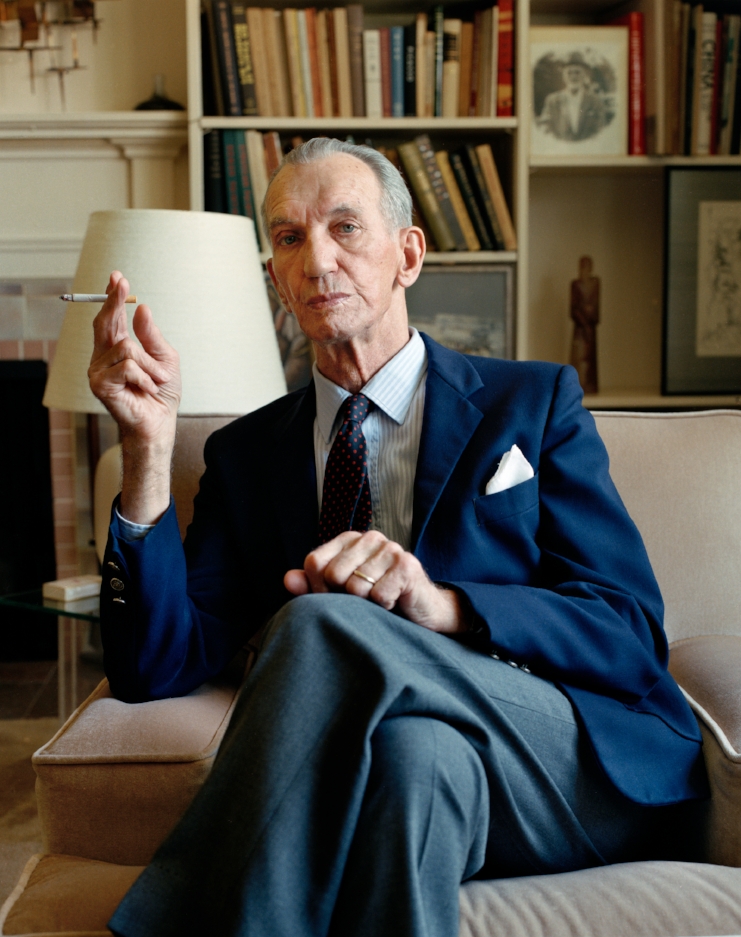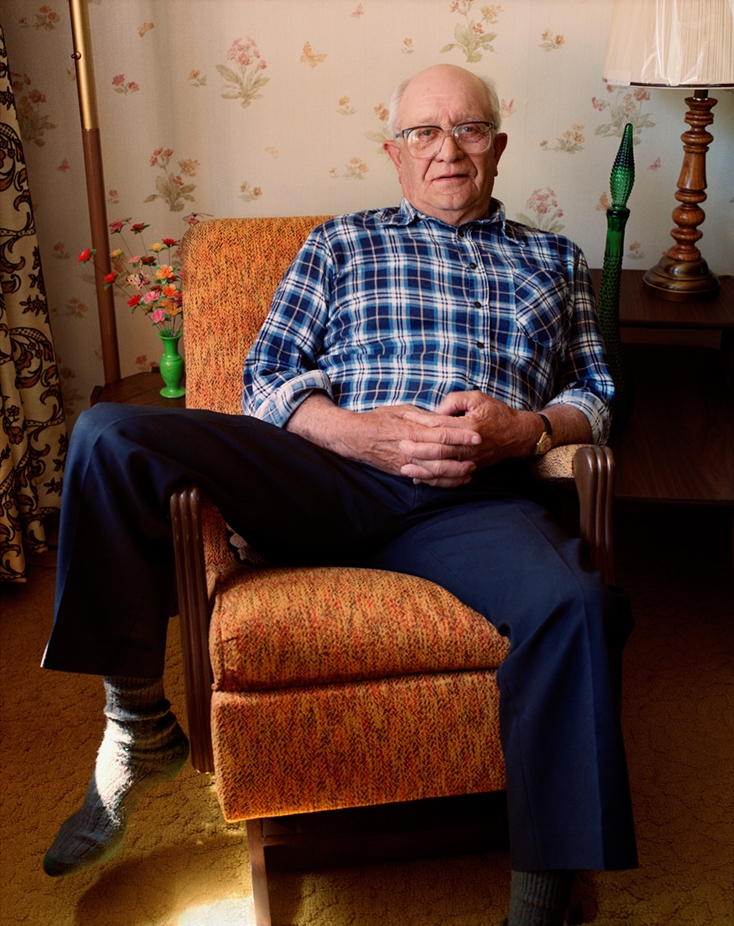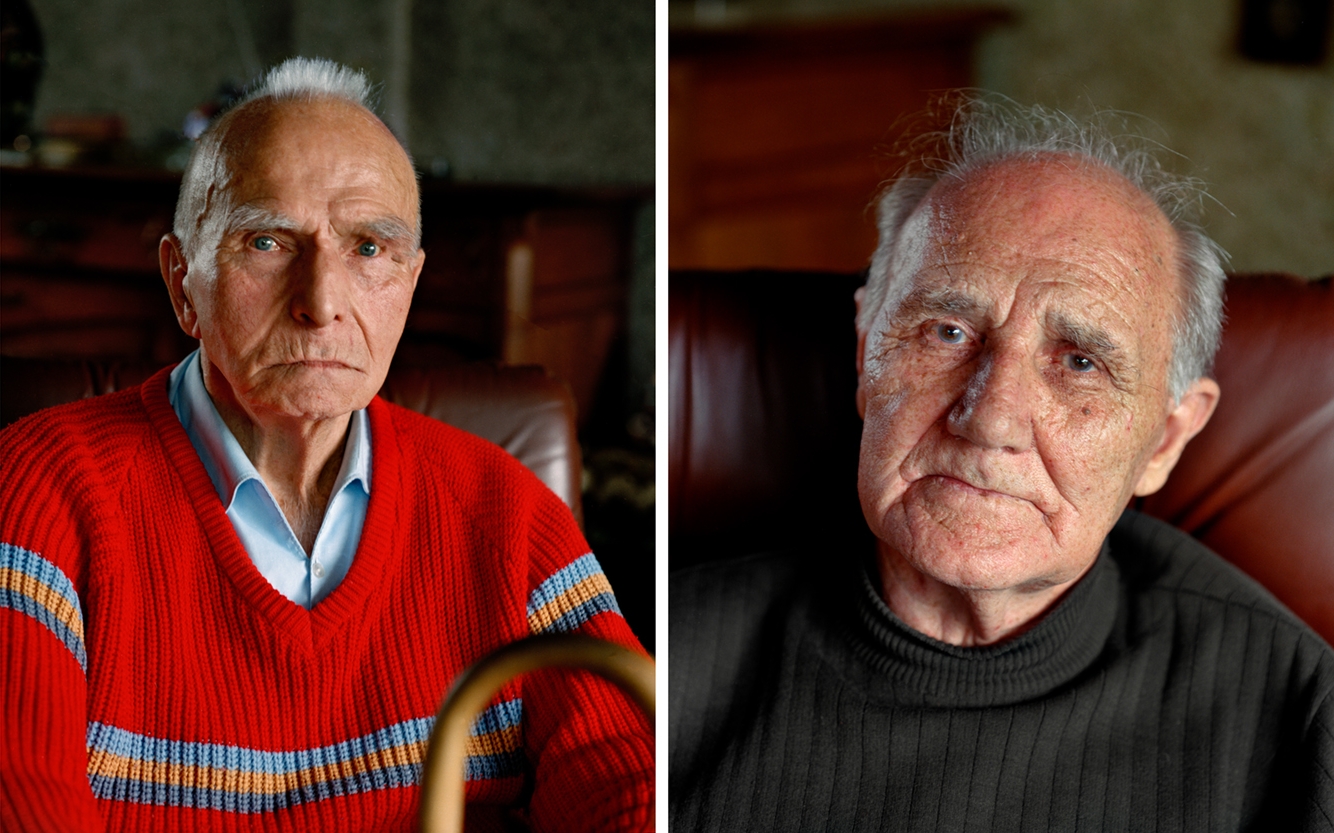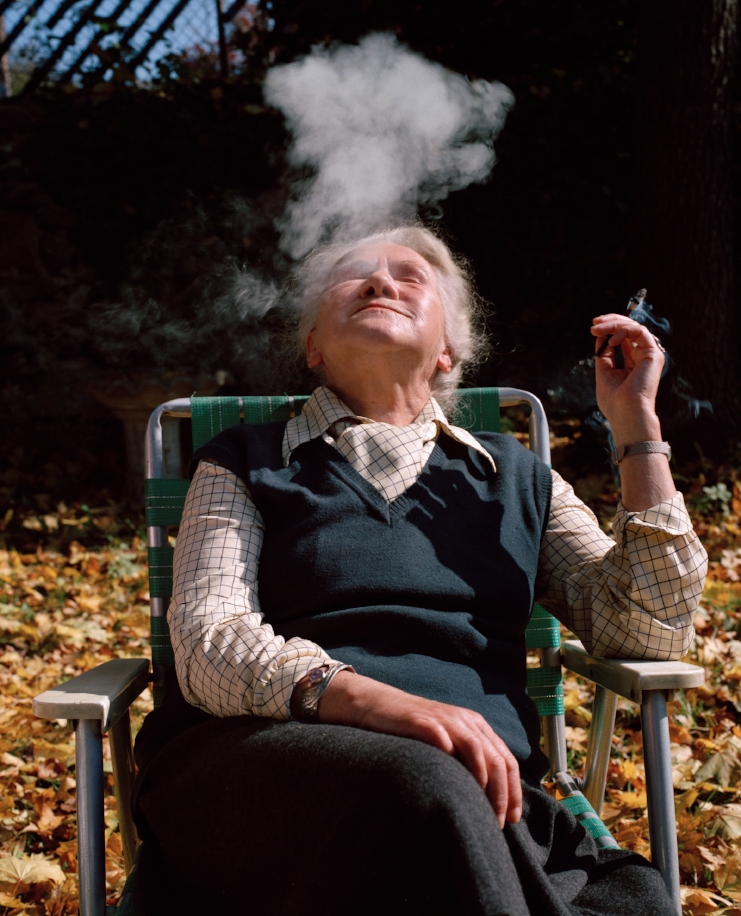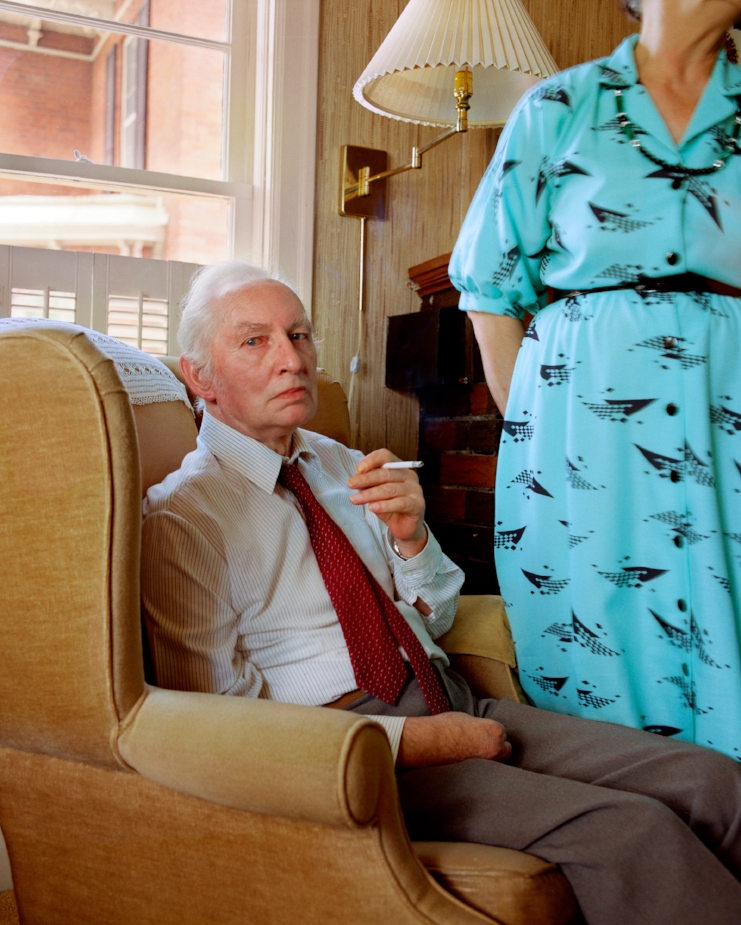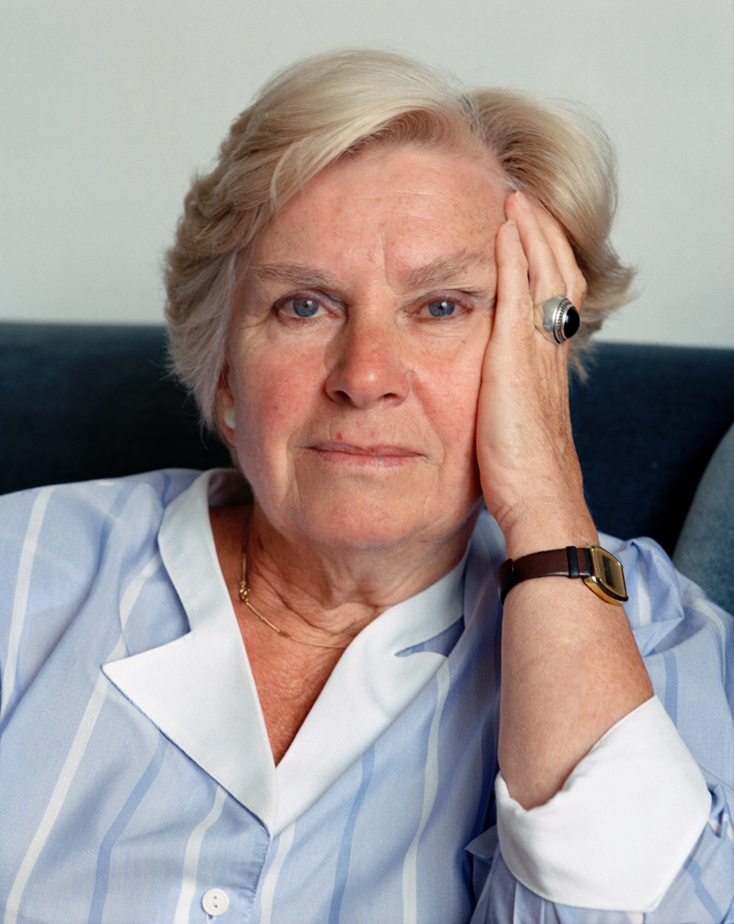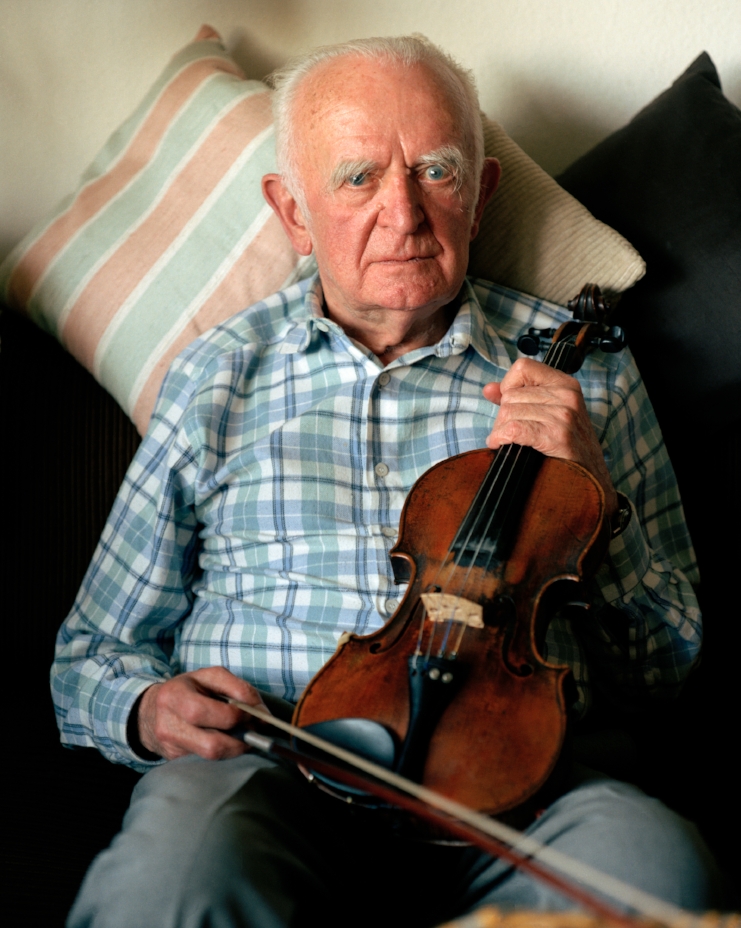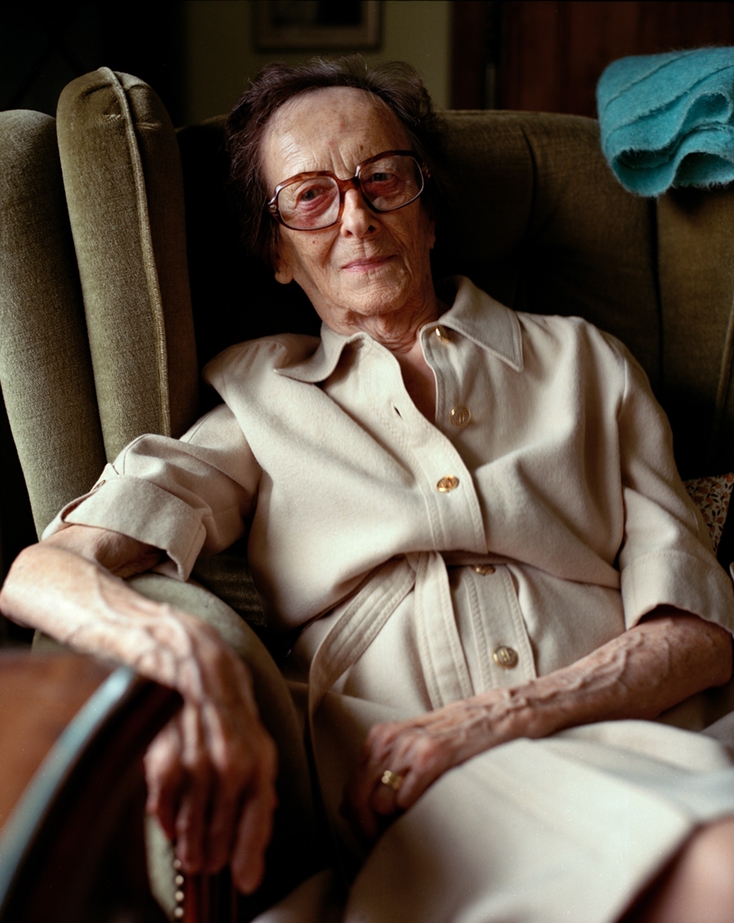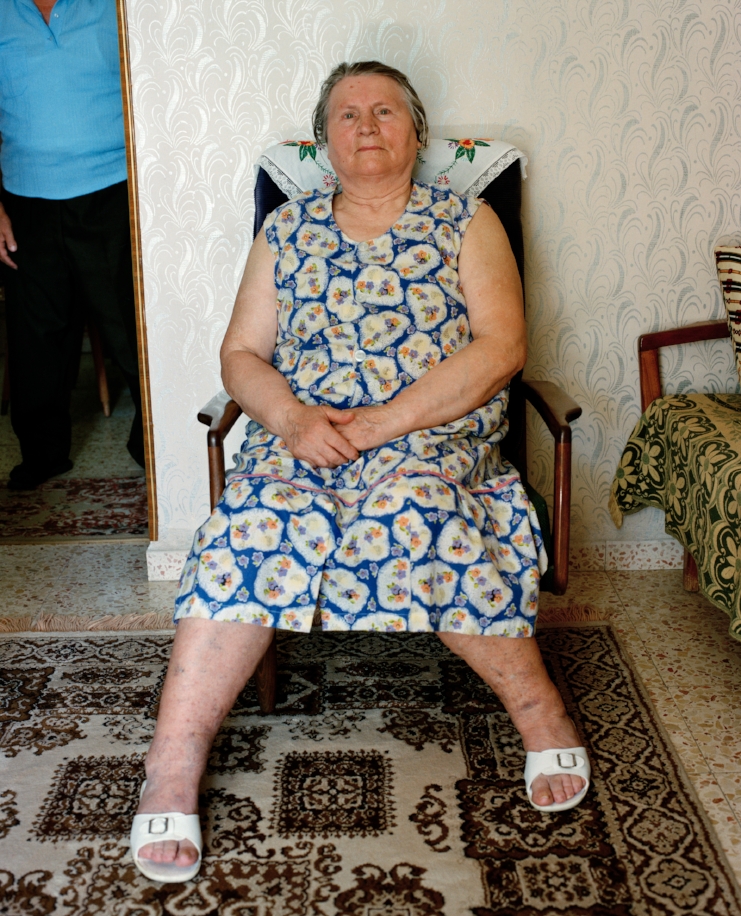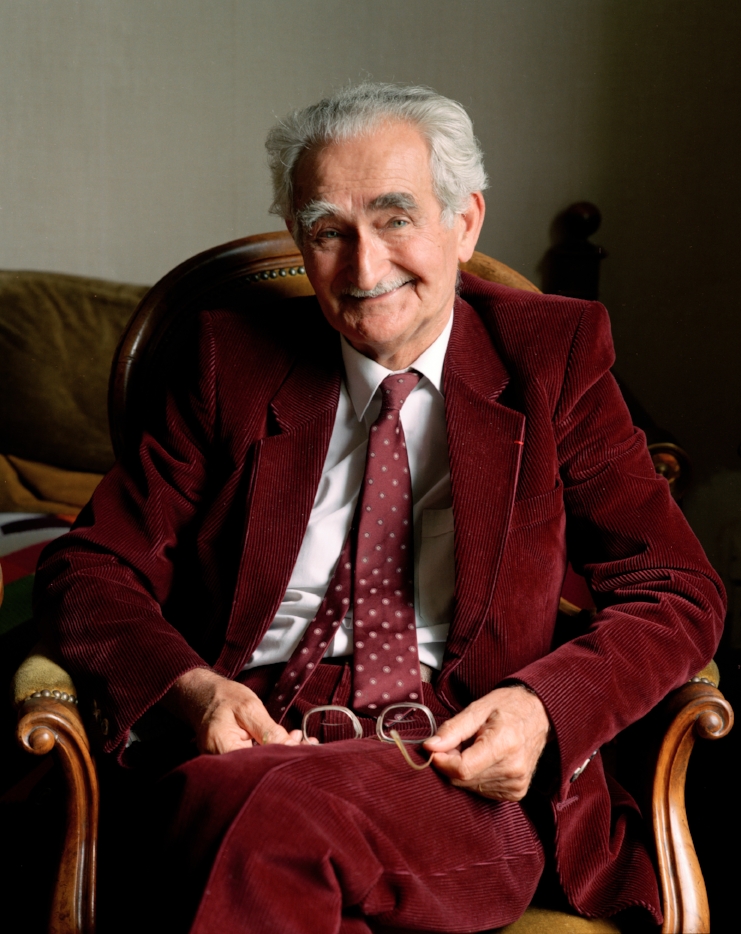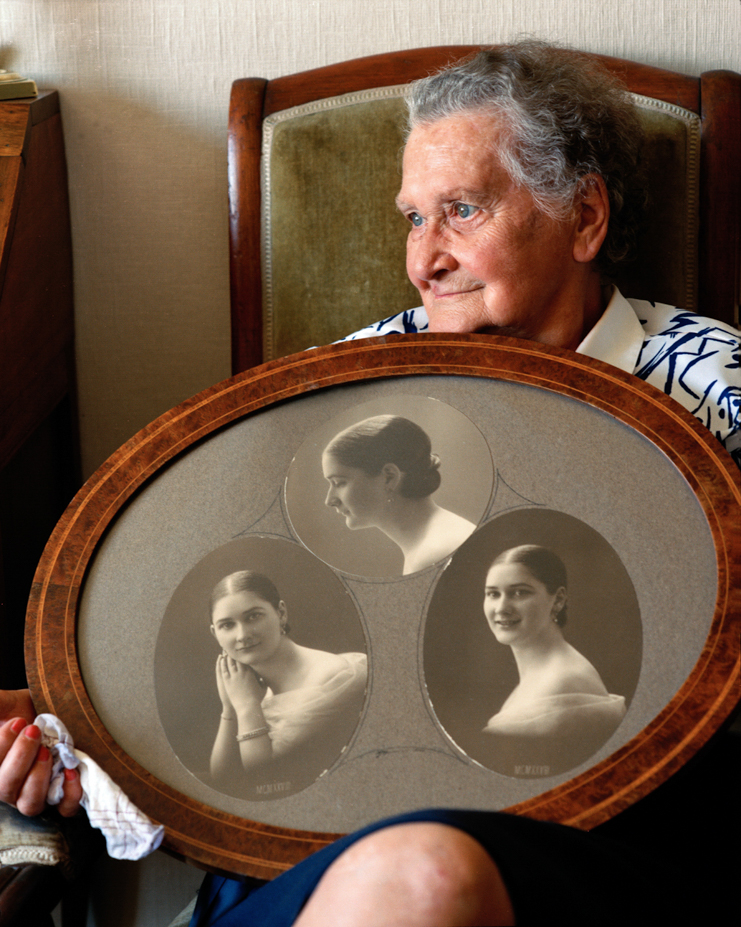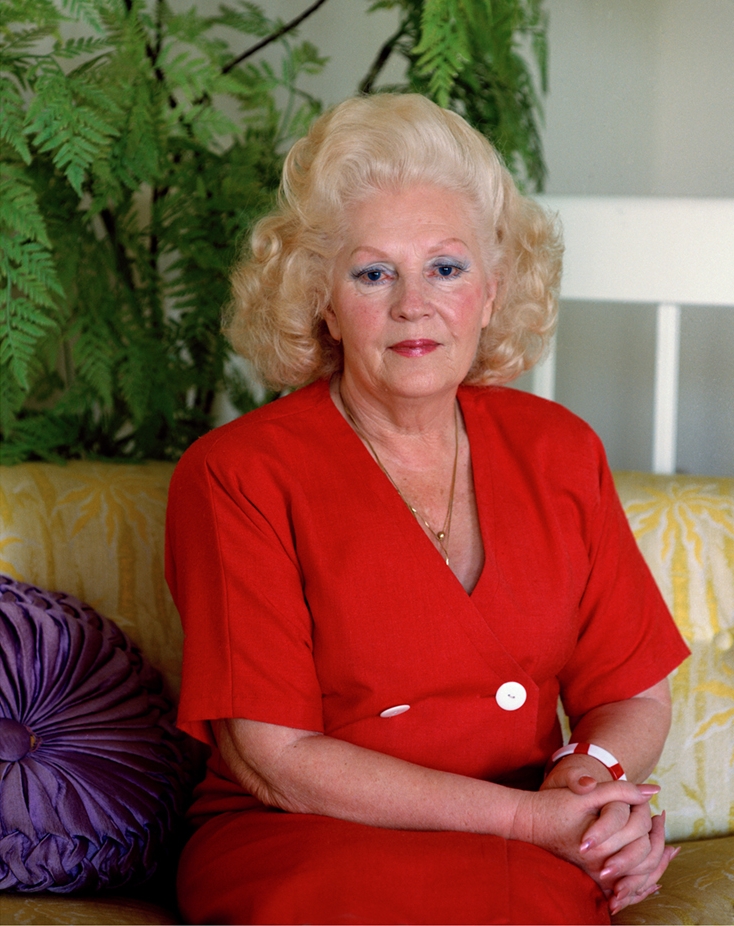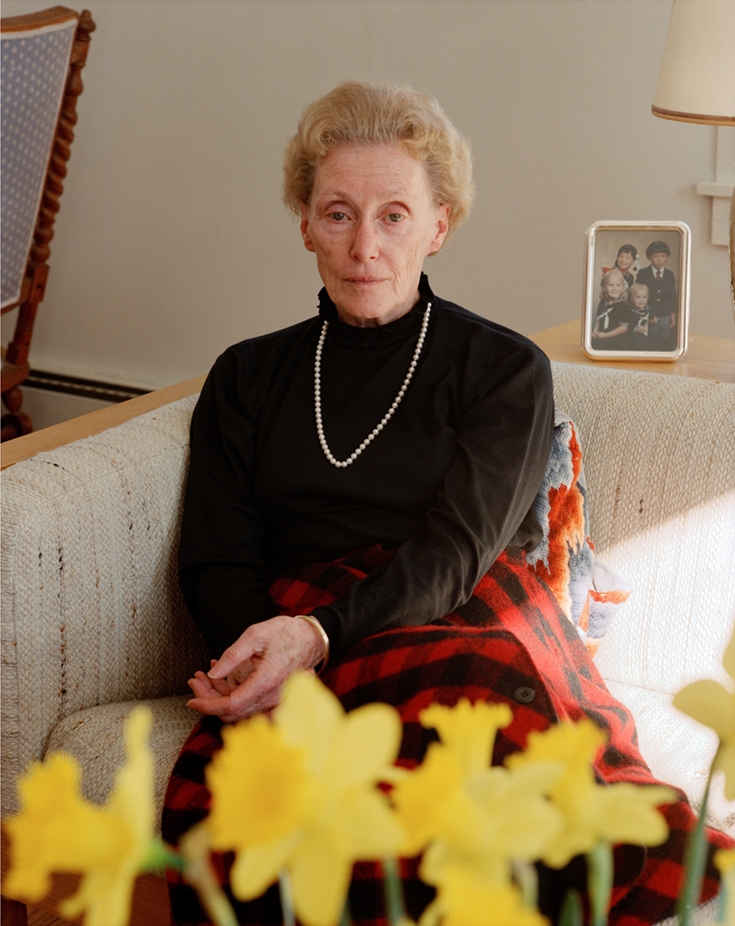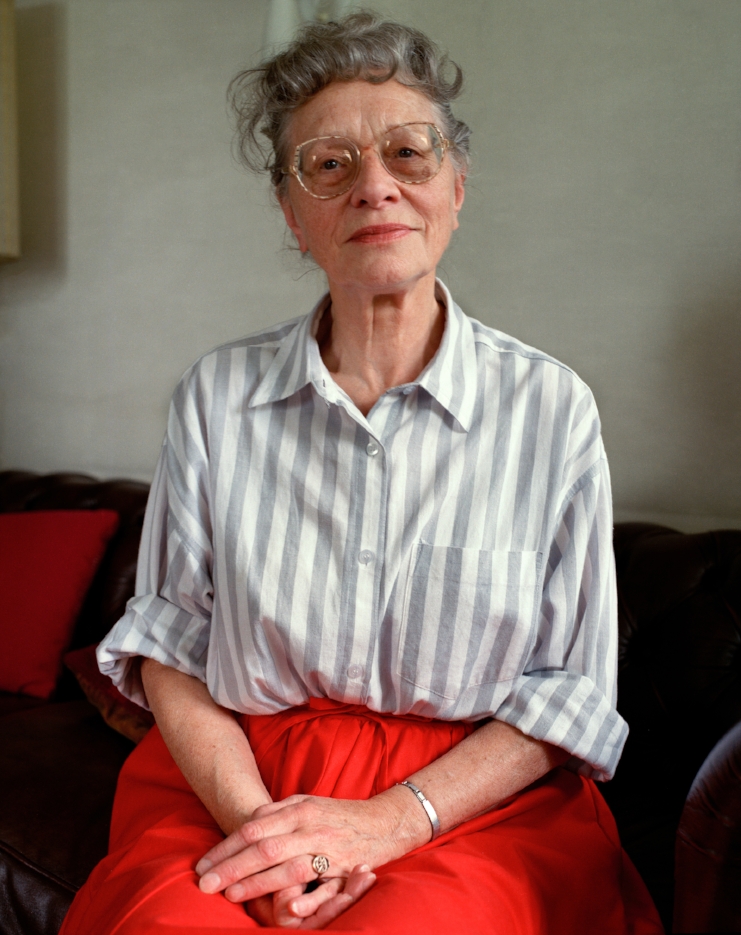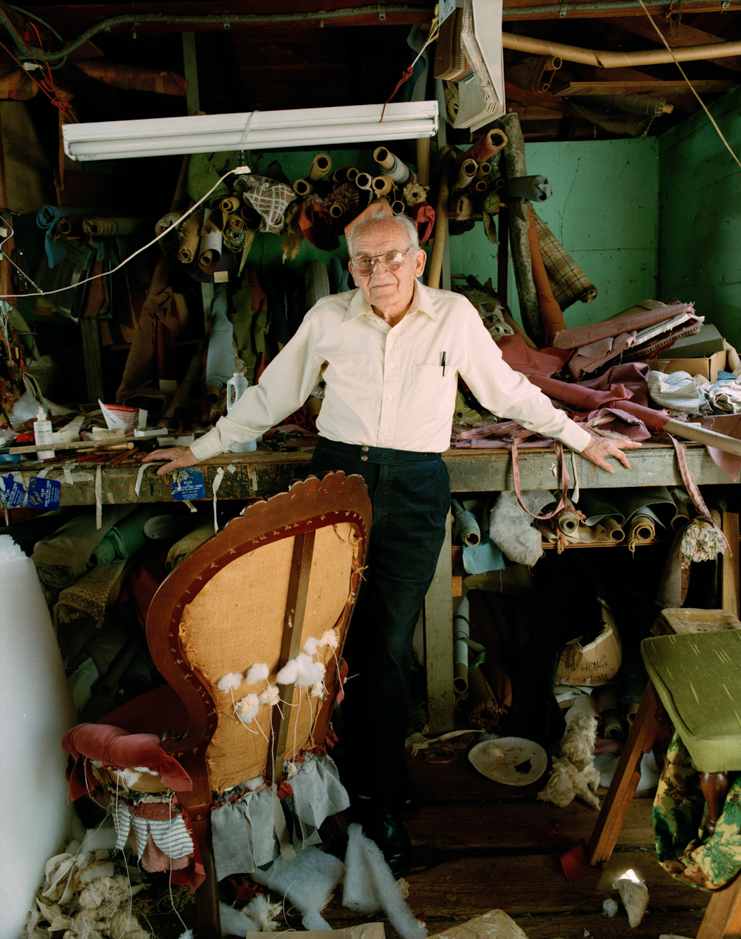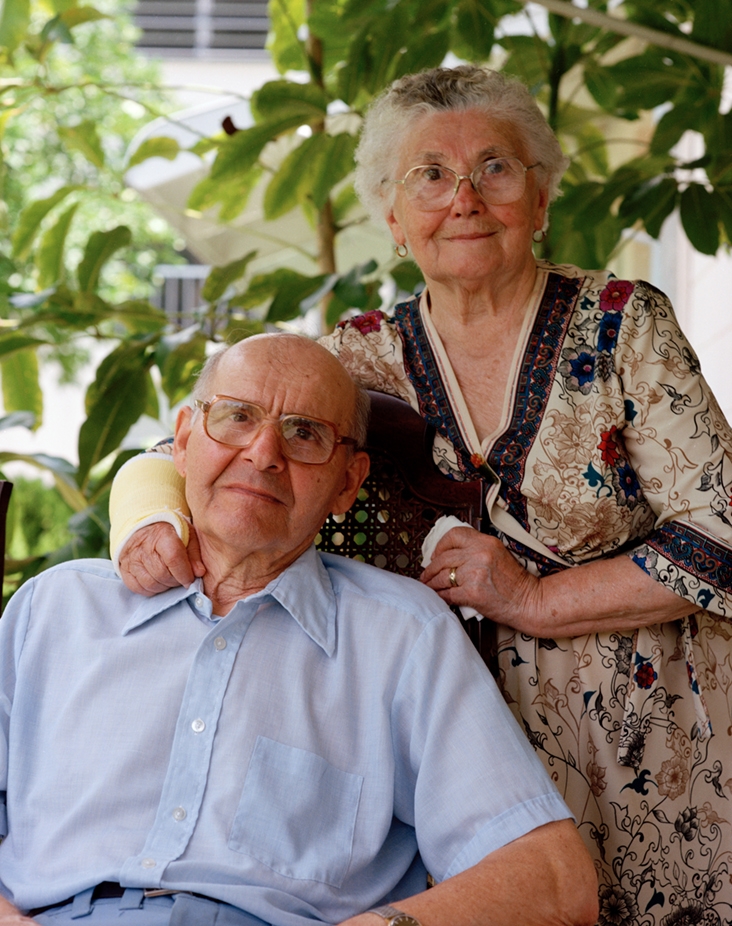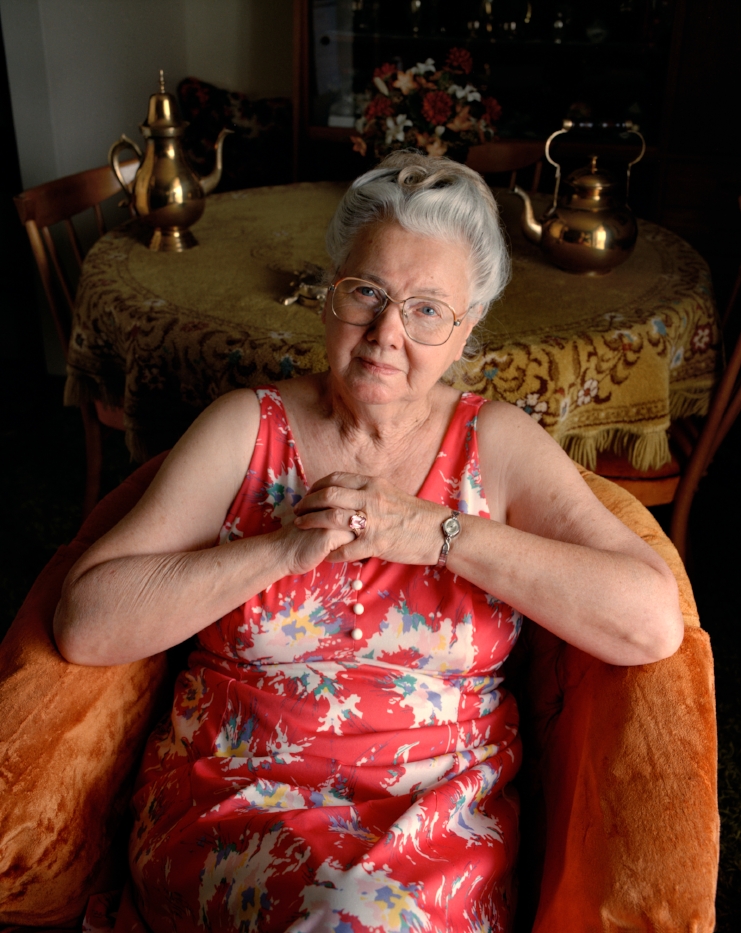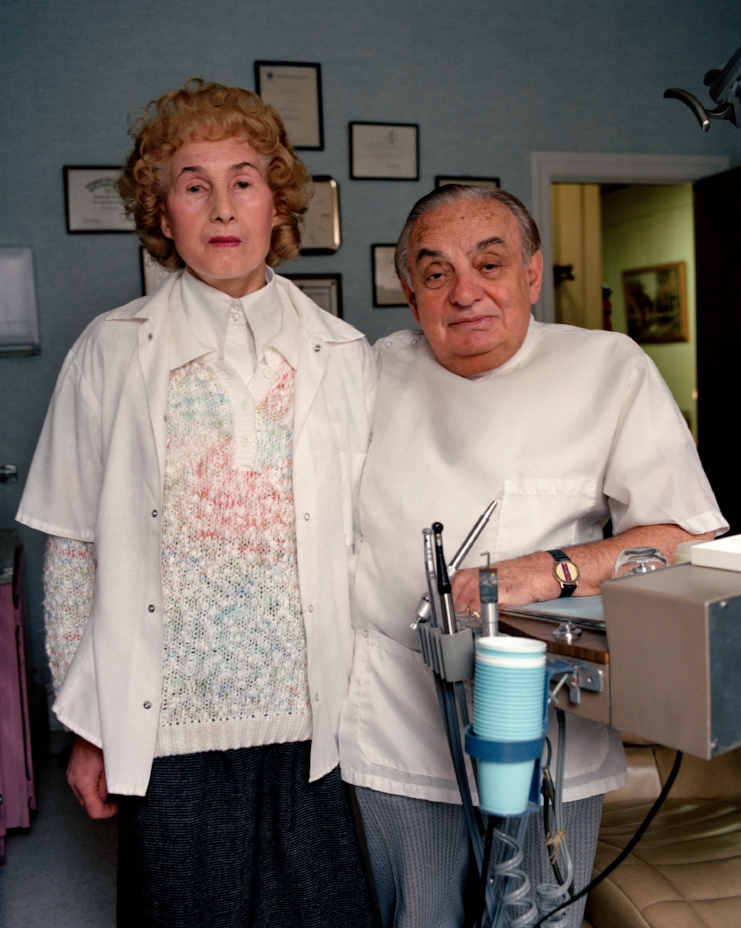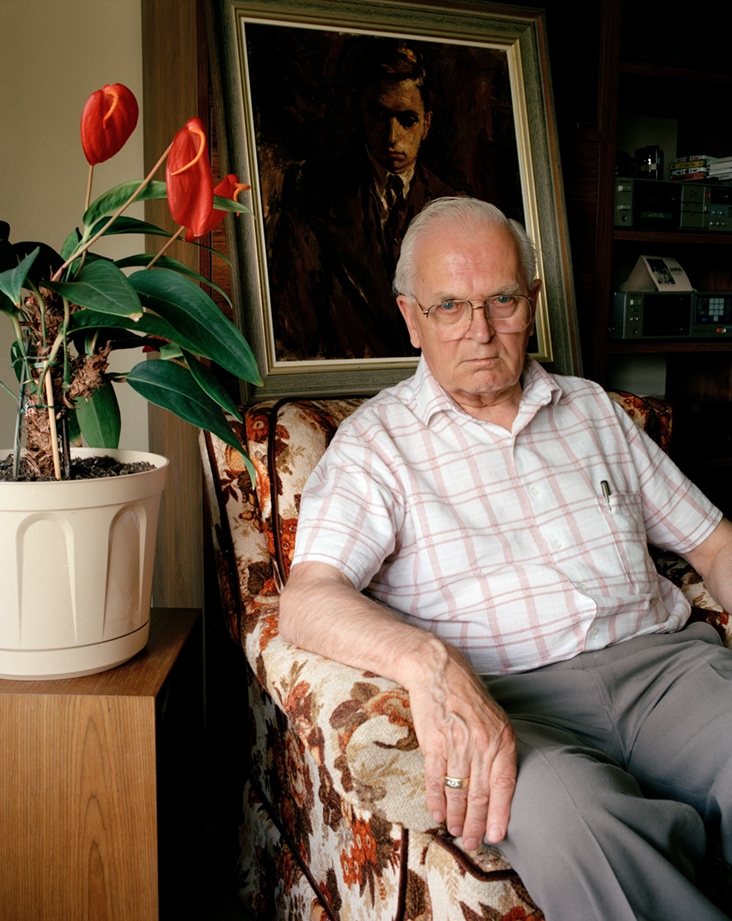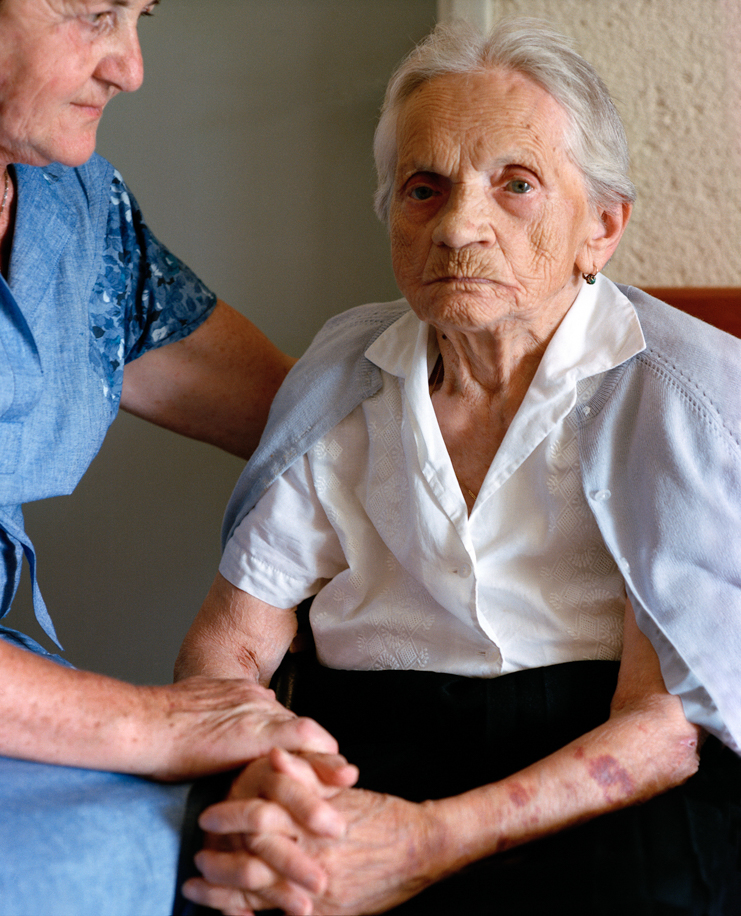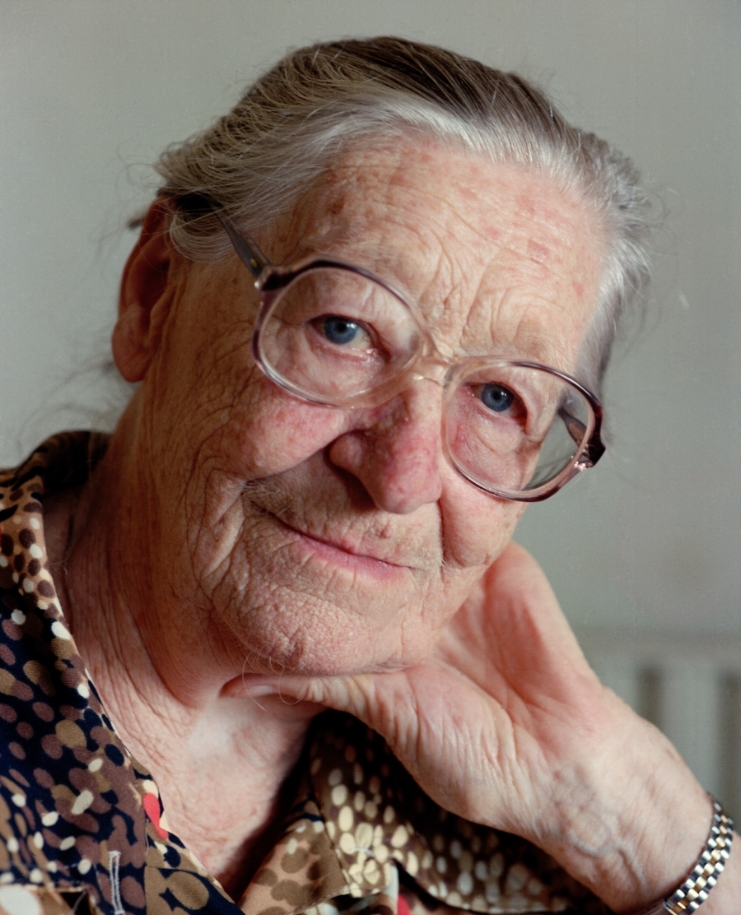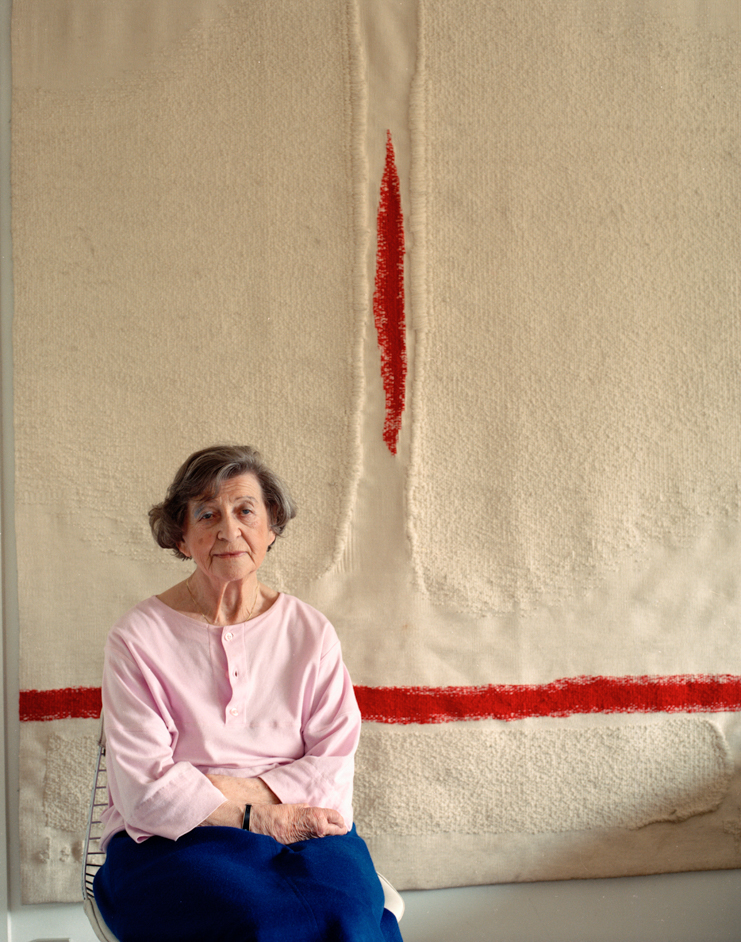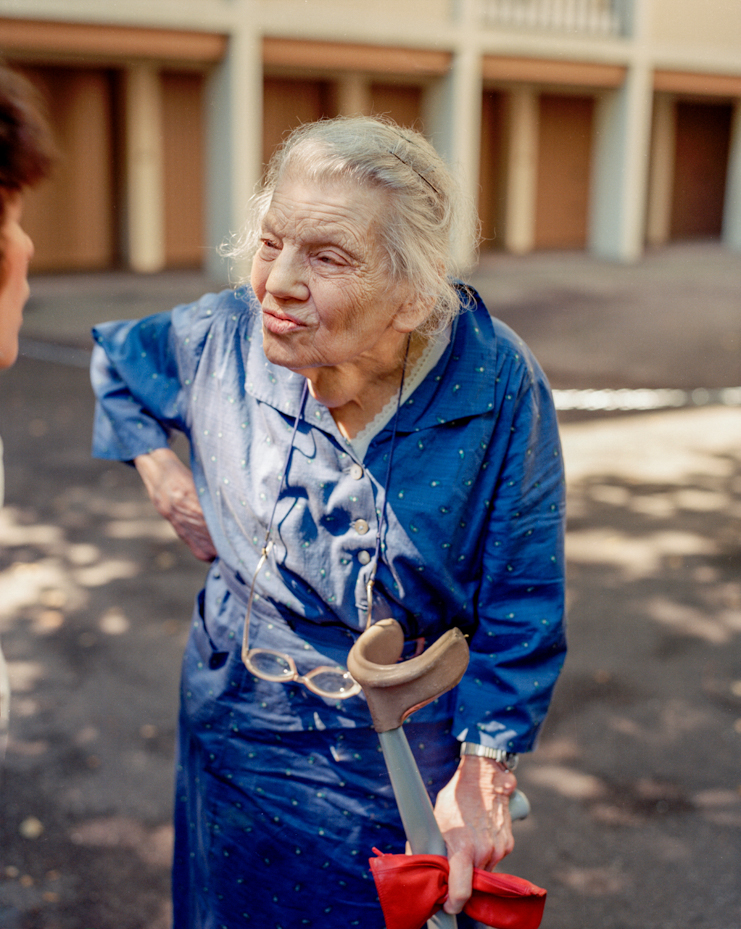Rescuers, 1986-88
Malka Drucker, my former partner, had written perhaps 15 books for children when, in 1986 her rabbi, Harold Schulweis, asked her to write a book about Christians who saved Jews during the Holocaust. When she told me I asked, “Are any of them alive? Will you be interviewing them? Because if so, I’d love to photograph them.” For the next two years we traveled through eight countries and met 105 rescuers from eleven European countries. These people are known at Yad Vashem, Jerusalem’s Holocaust Memorial Museum and Archive, as “The Righteous Among the Nations,” and Malka called them “The aristocrats of the world.” They risked their lives for years, some to save one and others to rescue hundreds, not knowing if the horror would ever end.
Alex Roslan of Warsaw went one day into the ghetto to find his Jewish friends and customers who had disappeared. Coming home he told his wife Mela, “People were dying in front of me. We have to do something.” She said, “What can we do? We’re poor, we have two children, what can we do?” He asked her, “Can’t we save one?” They took in three Jewish brothers. How much less the death toll might have been if many others had thought they could save even one. Andrée Geulen Herscovici said, after telling us of placing 1,000 Belgian Jewish children in Christian and Catholic homes, “Everything I am today I owe to that period of my life.”
After an emotionally draining 2 to 3 hour interview asking to make a portrait seemed frivolous, but the rescuers generously cooperated. I often took not more than ten minutes because we had already developed trust that enabled them to feel relaxed and open when I set up my camera. They collaborated in making the portraits what they are. I chose to photograph in color so that viewers could feel as if these people were real and that their acts of kindness and heroism could be examples of ordinary human behavior.”
The book, Rescuers: Portraits of Moral courage in the Holocaust, was published in 1992 when the exhibit opened at New York’s Museum of Modern Art. The exhibit traveled to over 50 venues in the next eleven years. People seemed to want some good news about that time. But, as Malka wrote, “Rescuers were a raindrop in an ocean of indifference.” These people, who wouldn’t allow us to call them heroes, saved the face of humanity. We asked ourselves after every interview. Could I have done that? We came to realize that the more important question was “What am I doing today?”
Link to Book: Rescuers: Portraits of Moral Courage in the Holocaust
